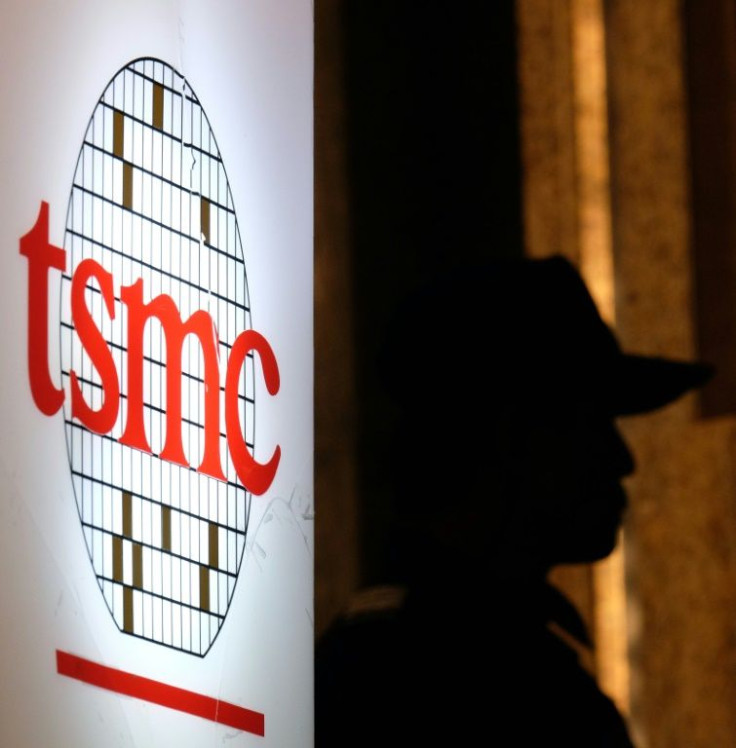TSMC Developing 4nm Processors, May Help Apple Gain Edge Over Huawei
KEY POINTS
- Taiwanese chipset manufacturer TSMC is expected to make 4nm processors by 2023
- The chipsets will be manufactured using extreme ultraviolet lithography (EUV)
- They are expected to be much more powerful than the current processors
- The chipsets can provide TSMC's leading customer - Apple, an edge over brands
Taiwanese chipset maker TSMC will start shipping smartphone chipsets using the 5nm process node this year and 4nm chipsets by 2023.
The chipsets are expected to be much faster than the current 7nm chipsets — while a 7nm processor accommodates 91.2 million transistors per square mm, 5nm chipsets will contain 171.2 million transistors per square mm and 4nm chipsets are expected to have between 172-300 million transistors per square mm.
The higher number of transistors will create much more processing power than current chipsets for TSMC’s customers such as Apple — the iPhone 12 2020 5G model is expected to run on a 5nm A14 Bionic chipset. It is expected to have double the processing power than that of the iPhone 11. A future iPhone model based on a 4nm processor is expected to be even faster and accommodate better features.
The chipmaker has set its eyes on a goal — making advanced 4nm chipsets by 2023. TSMC will use extreme ultraviolet lithography (EUV) to make very tiny processors, which can be accommodated on these chipsets. Using EUV, patterns can be imprinted on chipsets to create precise patterns for the fitting of chipsets. The company aims at improving chipset production and is expected to go even further to 3nm chipsets.
This improvement in technology may help companies such as Apple race far ahead of Chinese smartphone companies such as Huawei. The Trump administration’s new regulations against Huawei forced TSMC to cut off its connections to the Chinese tech giant.
TSMC will be making 7nm processors for Huawei till September when the restrictions imposed upon Huawei will bar it from doing so. This could deny Huawei access to 5nm, 4nm and 3nm chipsets as TSMC plans to shift its tech outside China, including setting up a $12 billion plant in Arizona, for manufacturing chipsets in the U.S.
The company has already made the tough choice between setting up chipset manufacturing in the U.S. and dumping its second-largest customer — Huawei. Its decision is expected to have large-scale implications, especially on smartphones launching next year.
If smartphones from other brands can have more processing power and thereby provide better features than Huawei phones, it will provide them an edge in the market over companies such as Huawei and possibly wean the market away from Chinese smartphones.
This has the potential to create large discrepancies in terms of features between smartphones made by companies such as Huawei and other tech giants such as Apple, which use TSMC’s chipsets.
While Huawei is making its own chipsets in its HiSilicon unit, its chipsets use off-the-shelf products from companies such as TSMC. By cutting off support from chipmakers such as TSMC and Qualcomm, the Trump administration has created a challenging situation for Huawei. Its future competitiveness will depend on whether it can match up with the likes of TSMC and create advanced 5nm, 4nm, and even 3nm chips on its own.

© Copyright IBTimes 2024. All rights reserved.











